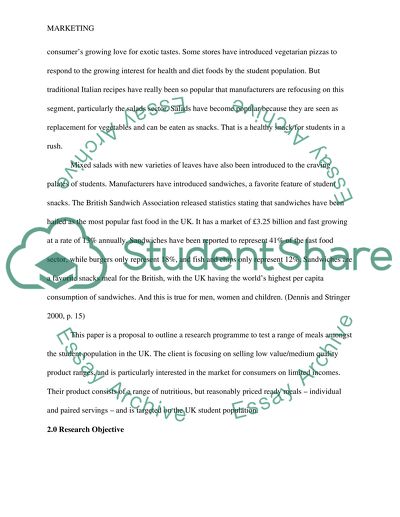Cite this document
(“Research For Marketing Practitioners Assignment”, n.d.)
Retrieved from https://studentshare.org/marketing/1399388-research-for-marketing-practitioners
Retrieved from https://studentshare.org/marketing/1399388-research-for-marketing-practitioners
(Research For Marketing Practitioners Assignment)
https://studentshare.org/marketing/1399388-research-for-marketing-practitioners.
https://studentshare.org/marketing/1399388-research-for-marketing-practitioners.
“Research For Marketing Practitioners Assignment”, n.d. https://studentshare.org/marketing/1399388-research-for-marketing-practitioners.


